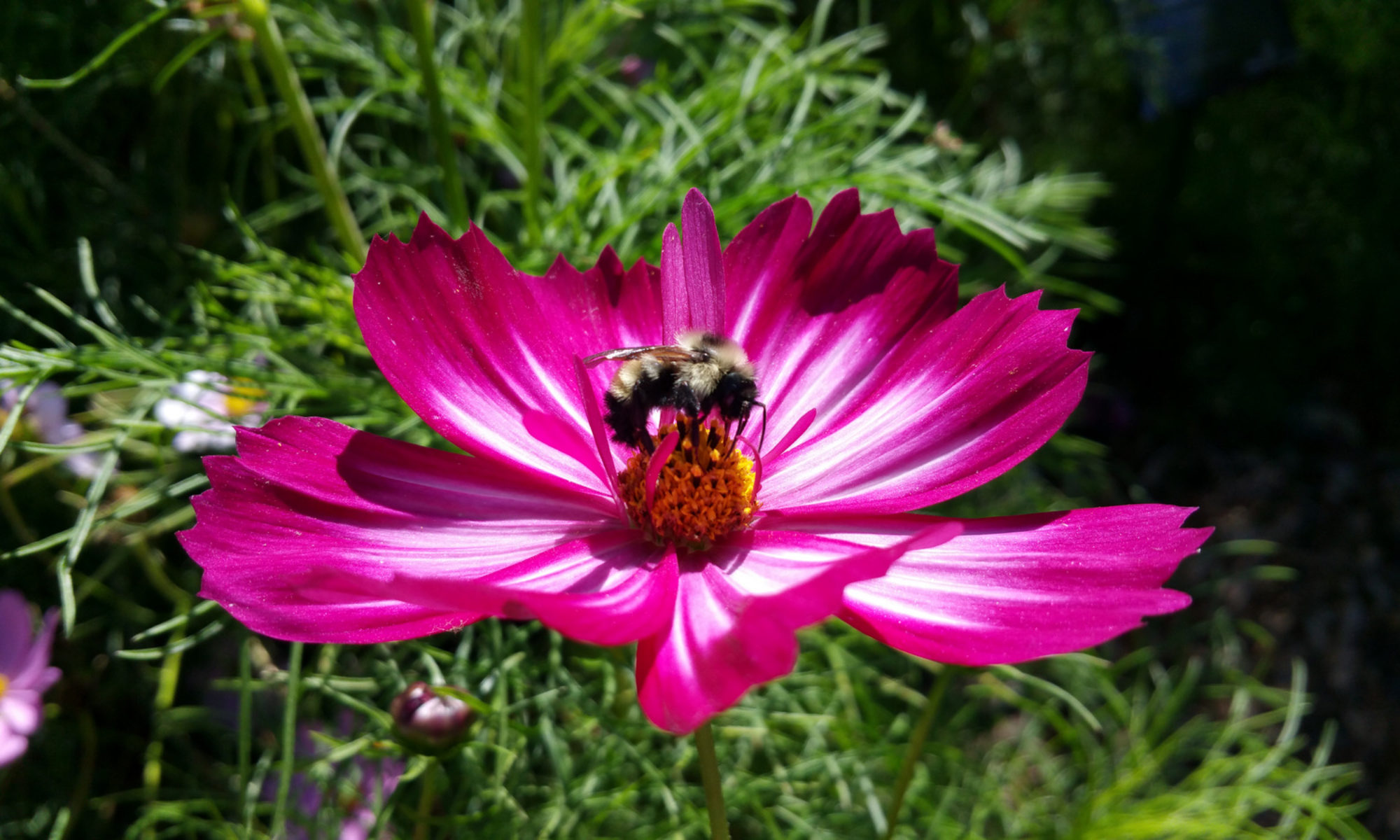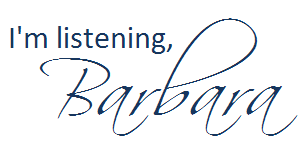
One of the ways college grads are helping to market themselves is through creating a social media resume. Dan Schwabel shares some excellent advice on social media resumes in a blog post at Mashable.
Using a free online site like Wix, Weebly, VisualCV, Google Sites or a new WordPress blog, create a social media resume for yourself.
At a minimum, include/embed the following:
- At least two SlideShare or Prezi presentations you have created (one can be the Trade Book Review you did for this class)
- One podcast you created, either alone or as part of a team (it can be the one you did for this class)
- Three work samples (such as PDFs of news releases, brochures, newsletters, ads, etc.) — NOTE: If you have no client work yet, then substitute in at least two items from the Optional list below
- Hyperlinks to at least three of your favorite blog posts that you have written (to highlight your writing skills in digital media)
- A hyperlink to your LinkedIn profile (see my LinkedIn tips)
Optional items to enhance your social media resume include:
- A selection of photos you have taken, to show your photography skills. (You may wish to put these in a slideshow format using Picasa or PPT/ SlideShare.)
- Links to client work you have produced
- Links to the social bookmarks you have created
- Links to Facebook fan pages or groups that you have created and maintain
- A Wordle of key words that describe you
- The “Viral” Video you created for this class (if you chose to do one), or another video you have created
- A social media monitoring report that you have created (to show your social media research skills)
- A short video in which you introduce yourself to potential employers
- A link to your Twitter stream (but only if it’s 100% appropriate for a potential employer to view)






